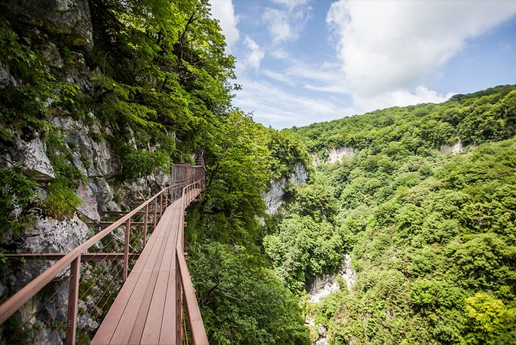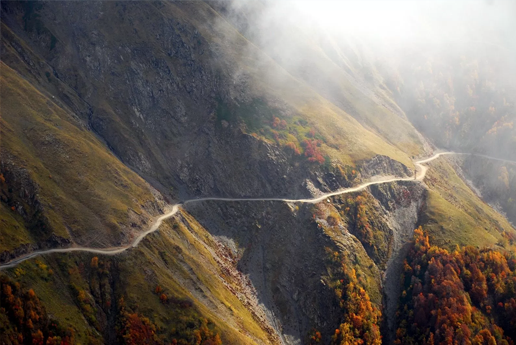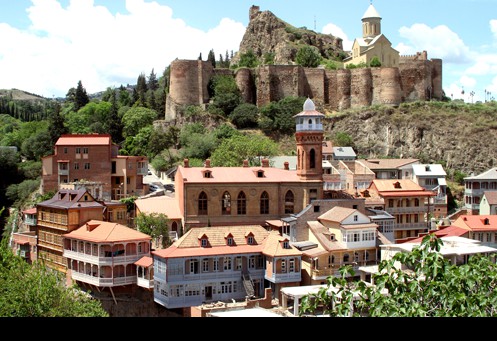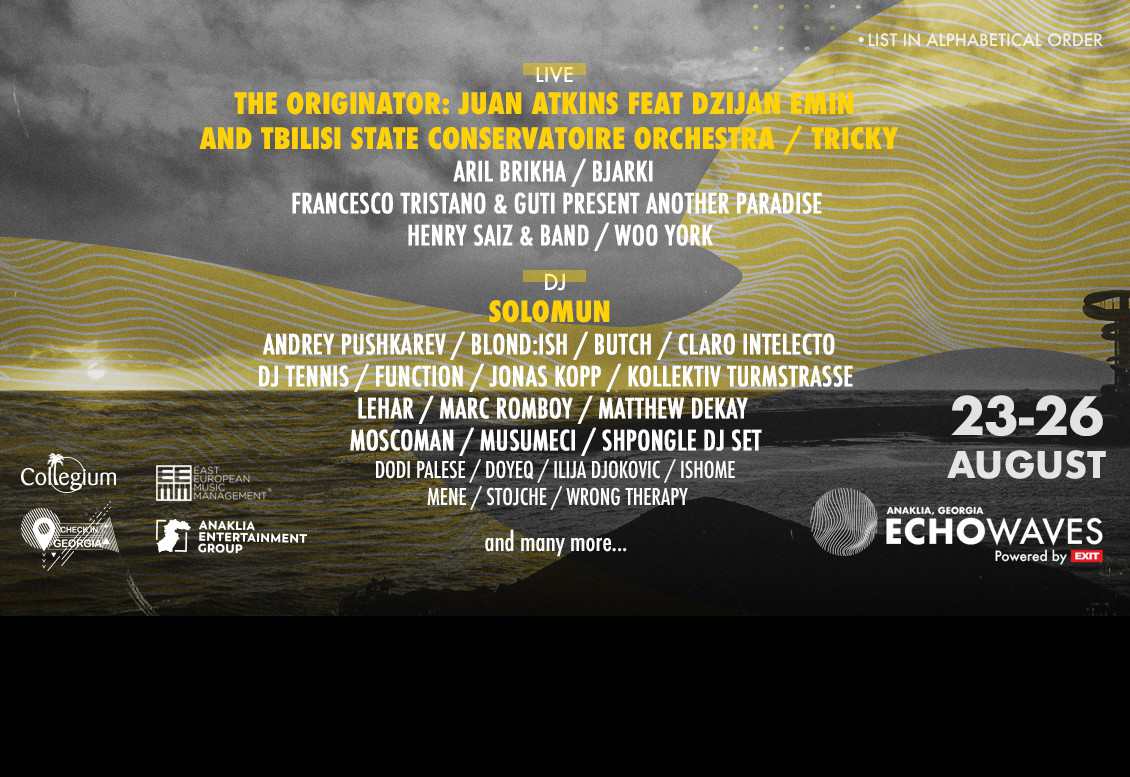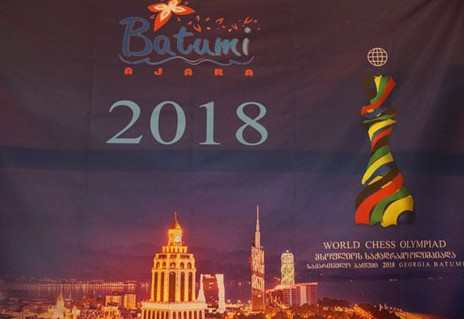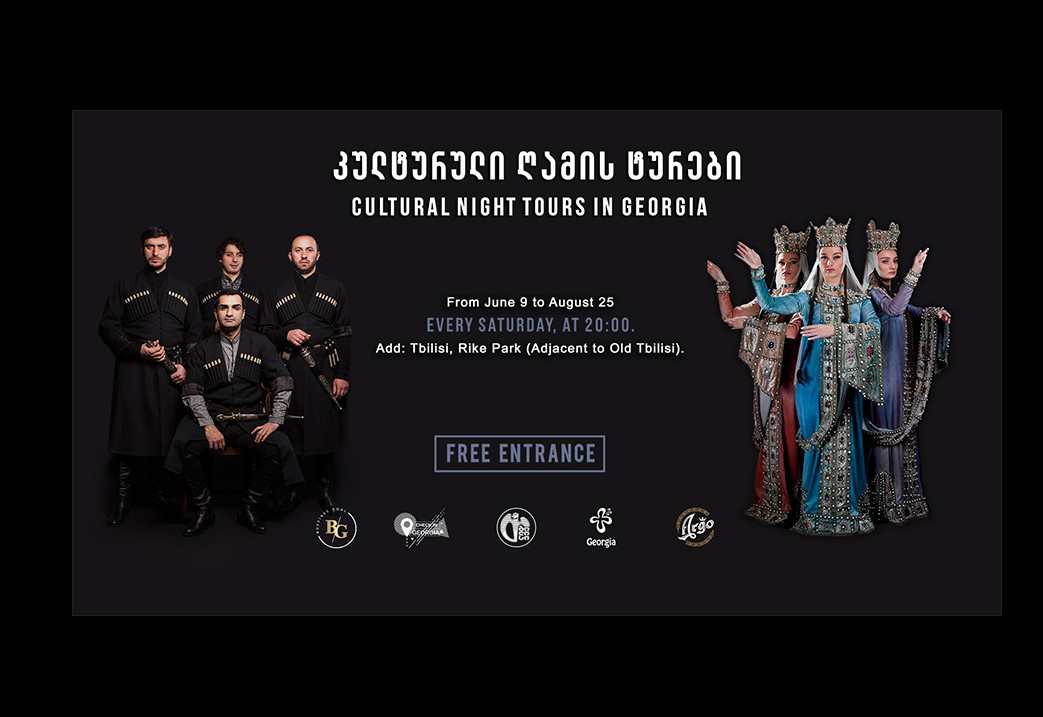10 Фактов О Грузии
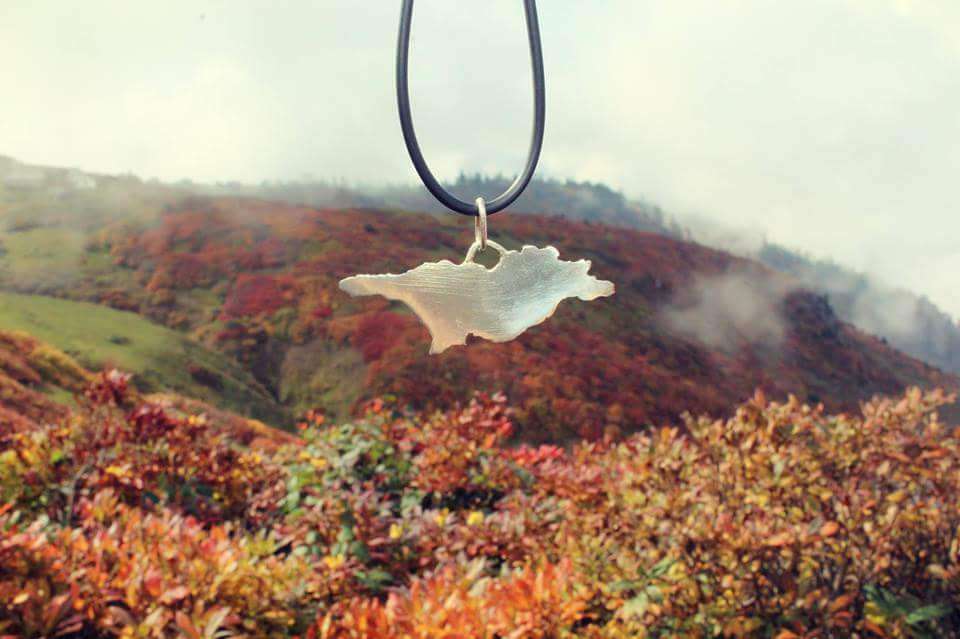
1. Грузия — колыбель вина: виноделие практиковалось здесь уже 8000 лет назад.
2. Особая древняя технология производства вина, сохранившаяся поныне: сок, кожа и косточки винограда бродят в глиняном сосуде квеври, зарытом в землю.

3. Уникальный алфавит — один из 14 самостоятельных алфавитов мира.

4. Три культурных памятника в списке Мирового наследия ЮНЕСКО.
5. Особенная технология производства сыра дамбал хачо признана частью нематериального наследия ЮНЕСКО.
6. Тушетинская деревня Бочорна и сванская коммуна Ушгули — самые высокие постоянно населенные деревни Европы.

7. Первые следы человеческой цивилизации за пределами Африки найдены в Грузии (им 1.75 миллионов лет).

8. Грузия — одна из самых экологичных стран мира, ее климатические зоны включают в себя субтропики, альпийскую зону, полупустыню.
9. Говоря о высоте гор и разнообразии маршрутов, можно утверждать, что Грузия — лучшее место для любителей походов.
10. И это — рай для фрирайдеров и фанатов хели-ски.

